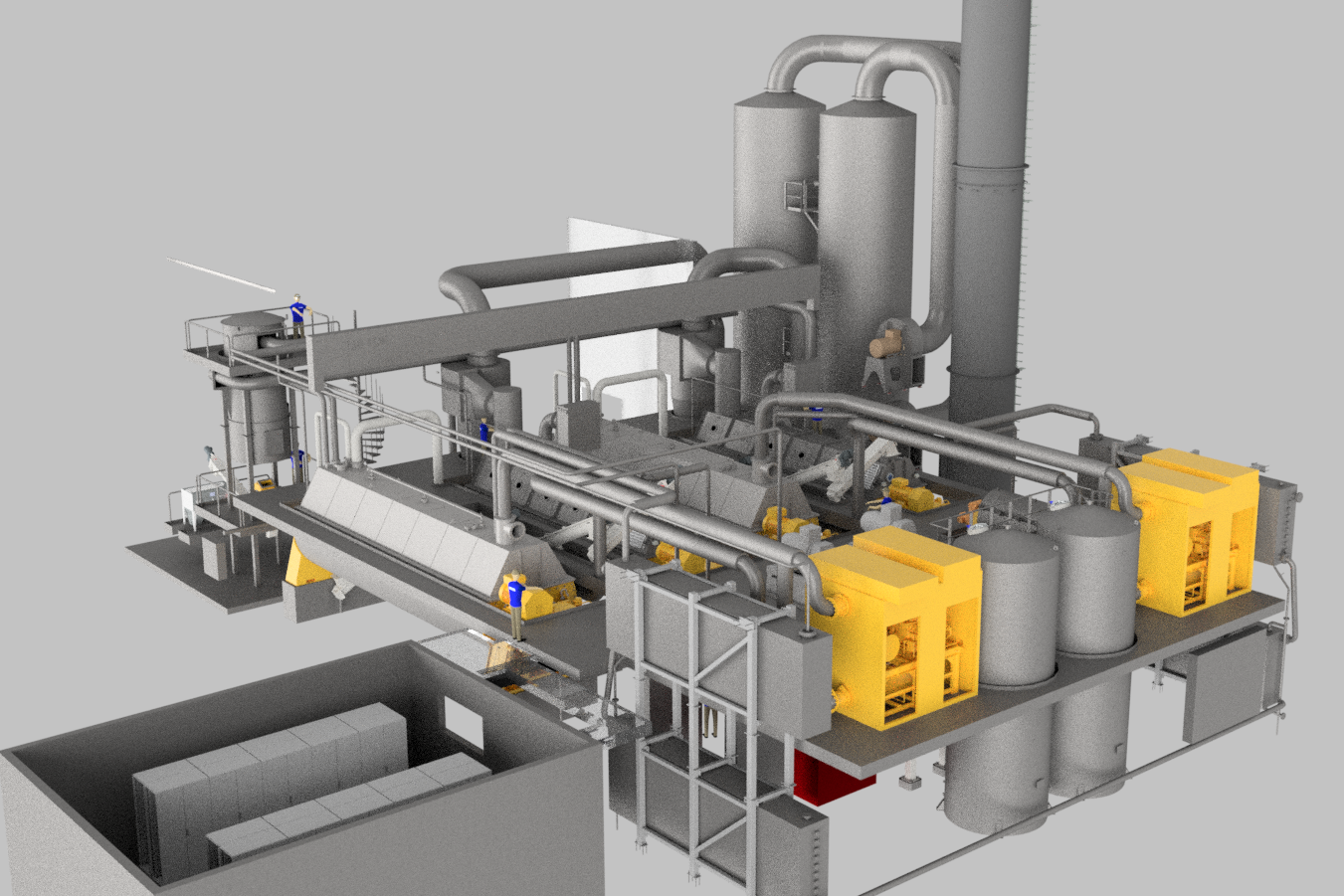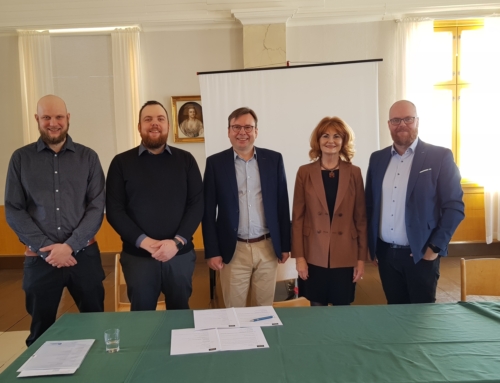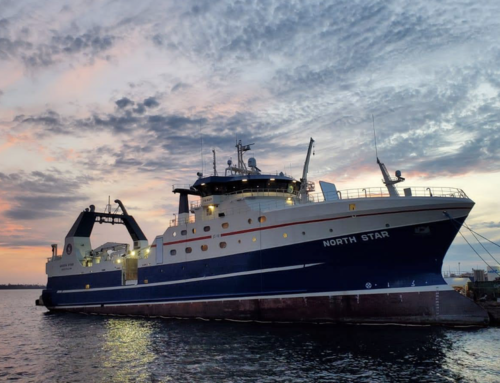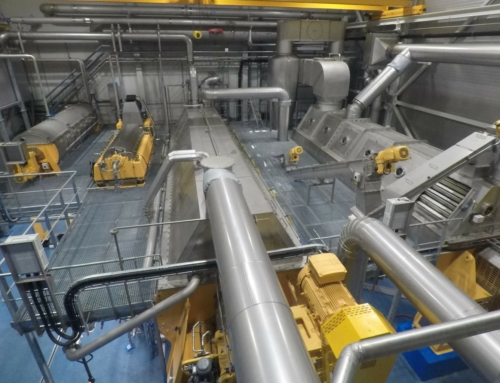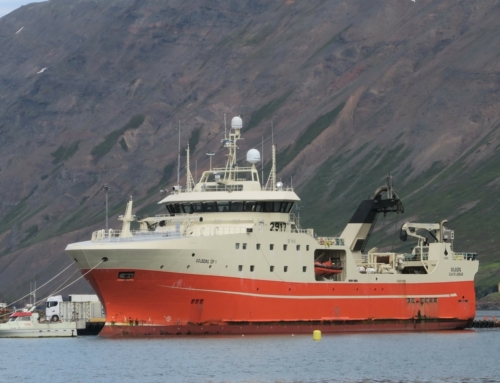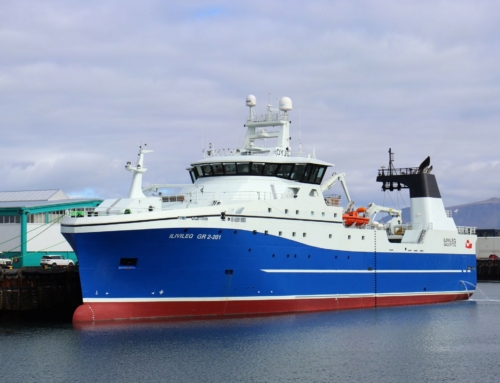The SVN plant consists of two identical HPP 10000‘s which can be operated independently of each other or concurrently. Operating one unit decreases energy use by half when batches of raw material do not call for full throughput.
Fishmeal and fish oil producer solutions
Sildarvinnslan (SVN), Iceland‘s biggest fishmeal and fish oil producer, has commissioned Hedinn to construct a new Hedinn Protein Plant (HPP) having a daily capacity of 380 tons of raw material. The plant will be built in Neskaupstadur town in Eastern Iceland, where Sildarvinnslan is located.
Even if this is the largest Hedinn Protein Plant to date, surpassing the 350-ton plant for Grøntvedt Nutri in Norway, the HPP will still be the smaller member of SVN‘s operations. SVN already has a conventional plant with a daily capacity of 1,400 tons of raw material, mainly for processing blue whiting. Plans are for increasing its capacity to 2,000 tons.
In a statement, SVN said the addition of the HPP was intended to increase the quality and value of its products and to cut down on energy use. The HPP will be SVN‘s main operating facility during the herring and mackerel seasons and to some extent when capelin is in short supply.

HPP for SVN; signing the contract: From left Hafþór Eiríksson fishmeal plant operations manager at SVN, Jón Már Jónsson head of land-based operations at SVN, Gunnar Pálsson civil engineer at Hedinn, Gunnþór B. Ingvason managing director at SVN, Ragnar Sverrisson managing director at Hedinn and Jakob Valgarð Óðinsson technical engineer at Hedinn. Photo: Smári Geirsson.
The SVN plant setup consists of two identical HPP 10000‘s which can be operated independently of each other or concurrently. Operating one unit decreases energy use by half when batches of raw material do not call for full throughput.
Hedinn‘s technical department has already started designing the new plant, with procurement and construction to follow. The build and installation pace will be brisk; the start of operations is planned for May 2022. The total worth of the contract assignment is 1.7 billion ISK, or around 11 million EUR.
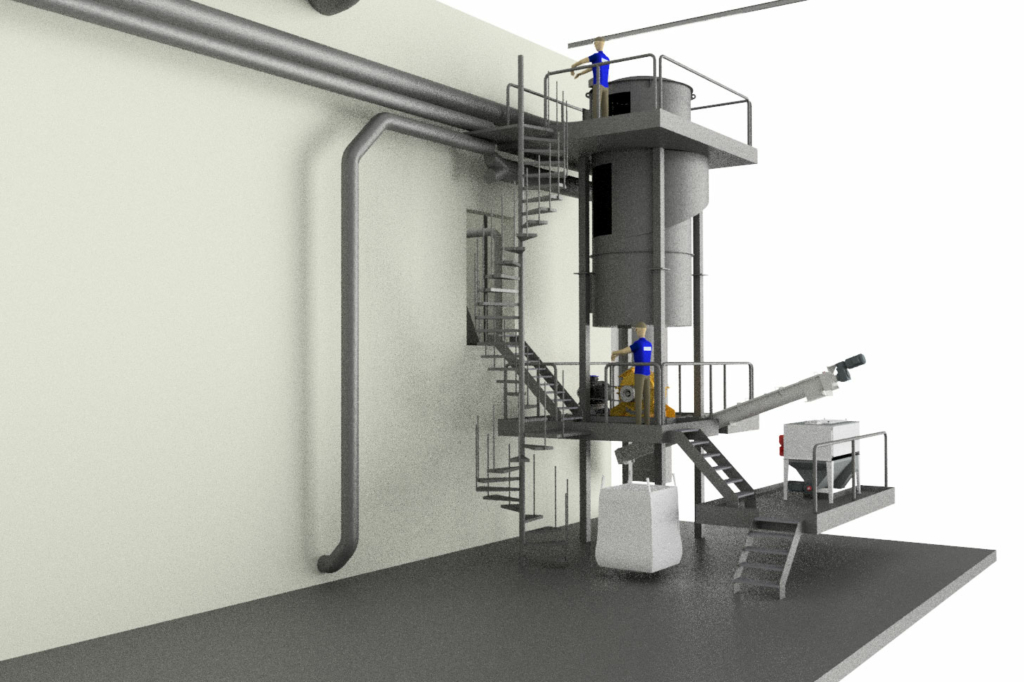
One sacking station will serve both HPP units at the SVN site.
This is what makes the HPP process unique
Hedinn developed the HPP to make fishmeal and fish oil production at sea and on land more economical and profitable than conventional processes. The plant runs on electricity and steam, providing a clean and efficient operation with a high degree of adjustability.
The innovative plant design simplifies the production process while at the same time improving product quality by reducing the number of main components, process tanks and control parameters. This significantly reduces operating costs, energy use, manpower needs, floor space requirements and cooling water use.
The HPP process is highly scalable. The smallest HPP built has a 7 ton daily capacity of raw material, while the plant for SVN has a 380-ton capacity – 54 times more. Yet, these two plants operate in an almost identical manner.
Hedinn Protein Plants have been designed and constructed in various configurations for use at sea and on land. The plants at sea have been adapted to each ship‘s layout. The first HPP at sea was put into use at sea in 2017 onboard the freezer-trawler Solberg. More on the Solberg experience here.
The latest HPP on land started operations in Norway in 2020. More here.
A number of HPP users have obtained approval from food authorities for human consumption of a selection of products, or are in the process of seeking authorisation.


